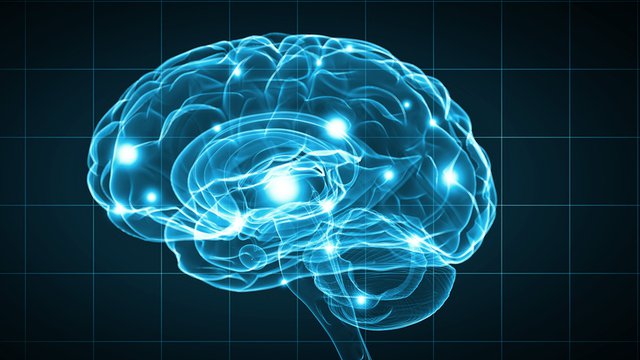

In recent decades, much research and development has taken place leading to the discovery of various disciplines within the field of mental health, such as psychology. The creation and evolution of different branches of psychology means we are now able to specialise further, and have the tools required to treat patients with the best help they need.
One of these fields of psychology is psychometry, a science that has made it possible to quantitatively measure (by collecting and ordering data) qualitative aspects of psychology (such as different psychic characteristics).
In this article, you will learn more about what psychometry is, what it is used for and its applications in the field of psychology, knowledge that you can expand on in the Psychology degree in Madrid or the Degree in Psychology in Valencia.
Definition of psychometrics
Psychometry is the branch of experimental psychology that measures and quantifies the psychological processes and cognitive abilities of a person.
Psychometry makes it possible to assign a numerical value to specific characteristics and events. In this way, it is easier to compare different contrasts between individuals or criteria and to establish theories or hypotheses about how the mind works.
What does psychometrics involve?
As a branch that deals with measuring specific aspects of the mind, psychometry is responsible for first developing a theory of measurables, then scales of analysis, and finally mechanisms and instruments of measurement. These stages are explained in more detail below:
- The creation of the theory: The main theory of psychometrics is based on making it possible to measure unobservable constructs through different behavioural indicators, elaborating and establishing patterns so that these can be studied.
- The scales: Scaling is another of the most important tasks of psychometrics. Thanks to these scales, we can assign specific values to the variables analysed to make them operational and to be able to work with them.
- Measuring instruments: There are several measurement instruments related to psychometrics, such as the scales. However, the clearest example of all of them are psychological tests. When we think of developing one, we have to do it according to several characteristics: it must be objective, consistent, have the ability to discriminate between subjects and, in addition, be valid and reliable.
What applications does psychometrics have?
Psychometrics is a very useful tool in different areas. Here are some of its most important applications:
- Clinical psychology: Psychometrics is of great importance in clinical practice. Thanks to it, we can visualise the complications of a subject and get an idea of the severity of their situation to implement a treatment that suits their needs.
- Neuropsychology: Through psychological and neuropsychological tests and evaluations, we can find out the degree of a patient's mental capacities by comparing them with a criterion already established by psychometrics.
- Developmental assessment: As we grow up, our mental capacities develop in a certain way. Thanks to psychometry, we can prevent the presence of disturbances in this development and treat them more easily.
- Assessment of abilities: With the help of psychometrics, we can measure and assess important characteristics of a human being such as personality, abilities and skills.
- Human Resources: The use of psychometrics is also very beneficialfor HR teams. It is especially useful for the decision of whether to hire an individual, as their abilities are previously assessed by means of an interview and a psychosomatic test that reflects their different aptitudes.
- Research: psychology is a science in continuous development, so research is essential. Psychometry, as the basis of measurement methods, is a very important tool for establishing relationships between different situations and stimuli, and for generating data that can be measured and contrasted.
What values does psychometrics quantify?
Psychometrics is a very broad science that can assign a certain value to almost any psychological trait of a person. However, among the most common are:
- Intelligence level
- Personality and attitude
- Abilities and aptitudes
- Abilities
- Reactions
- Mental capacity
In this article we have reflected on the value of a discipline such as psychometrics in the evaluation and measurement of phenomena related to psychology. Learn more about this innovative branch of psychology in the Psychology degree at Universidad Europea and become an expert capable of establishing comparisons and developing explanatory models with reliable data and understanding, predicting and tackling different problems.
Article published on May 9, 2023